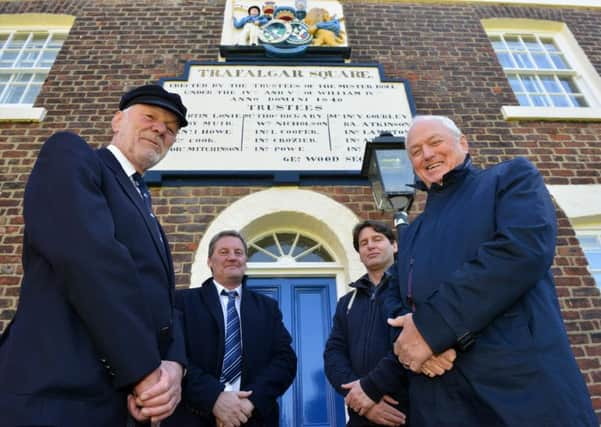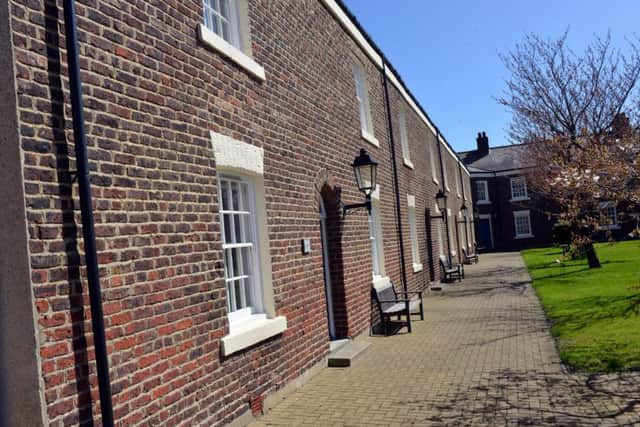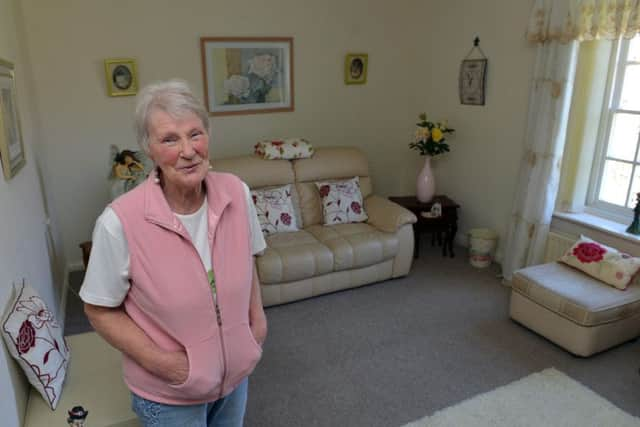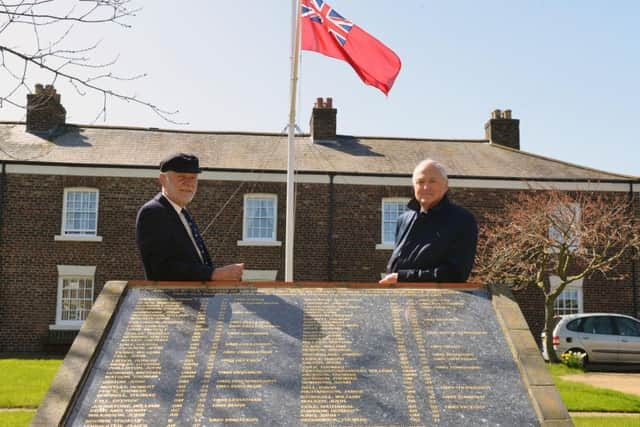Search seafaring tenants as historic Trafalgar Square flats sit empty in Sunderland


The team tasked with looking after a set of flats is seeking out new residents to add to its community in Sunderland.
Only 23 of the 32 properties inside Trafalgar Square are occupied as it stands, with hopes that an appeal for new tenants will help bring it back up to a full house.


Advertisement
Hide AdAdvertisement
Hide AdThe development was built in 1840 and dedicated to housing “worn-out seamen” their wives and unmarried daughters.
Now, with fewer Wearsiders opting for a life on the sea, it is struggling to find people to move into the East End flats.
However, anyone who applies must still have connections to the profession, whether it was at sea or on land, and can include a spouse or relatives, and be aged over 55.
Captain Peter Mitchell is a trustee of the Sunderland Aged Merchant Seaman’s Homes and was a master mariner, having served in the Merchant Navy, and lectured at South Tyneside Marine School.


Advertisement
Hide AdAdvertisement
Hide AdHe said: “At the moment we are renovating it and that is costing quite a bit of money, and we need the rent to be able to pay for it.
“It’s a listed building, it’s on the Grade II list, and it is our duty to look after it, and so we are trying our best to help people live in it.”
Michael Nevin is director of Tyne Housing, which helps manage the tenancies.
He said: “This building is little-known but a significant piece of Sunderland’s heritage, and the trustees would like to make its presence and purpose more well known to the local population, which will help to generate more applicants to take up some of the void properties.


Advertisement
Hide AdAdvertisement
Hide Ad“There are plans to carry out extensive improvement works to the flats over the next two years and it is seeking financial assistance to achieve this, however the flats themselves are spacious, warm and well-equipped.
“The rear gardens and front lawns are particularly popular with residents in the summer, and it is largely a close-knit small community.”
Inquiries can be made to Tyne Housing Association via (0191) 265 8621.
History of the flats


In 1747, an Act of Parliament created the Muster Roll Fund for the “relief and support of maimed and disabled seamen, and their widows and children of such as shall be slain, or drowned in the Merchant Service.”
Advertisement
Hide AdAdvertisement
Hide AdOne of the results of the fund was the purchase in 1750 of Assembly Hall or Garth, which included nine dwelling houses and around an acre of land by the Port of Sunderland.
In 1840, the trustees used the same fund to build Trafalgar Square, five years before the Trafalgar Square in London.
This allowed the trustees to accommodate 104 “maimed and disabled seamen and widows and children of such”.
Sunderland Aged Merchant Seamen’s Homes (AMSH) was also established in 1750 and led to the purchase of the Old Assembly Hall, which was at the lower end of Coronation Street.
Advertisement
Hide AdAdvertisement
Hide AdThe Almshouses have been renovated and upgraded in 1959 and 1993.


The AMSH is run in accordance with schemes prepared by the Charity Commission. The first scheme was sealed on February 27, 1959 and various subsequent schemes made alterations to it.
Over the years, Trafalgar Square’s homes have been progressively modernised and refurbished.
In the early 1950s, Assembly Garth was demolished and Trafalgar Square underwent major alterations.
Advertisement
Hide AdAdvertisement
Hide AdBetween 1992 and 1994, the homes were again refurbished to accommodate 31 families in modern self-contained flats.
Due to its Grade II Listed Building status, the external view of Trafalgar Square has retained an appearance similar to how it looked in 1840.